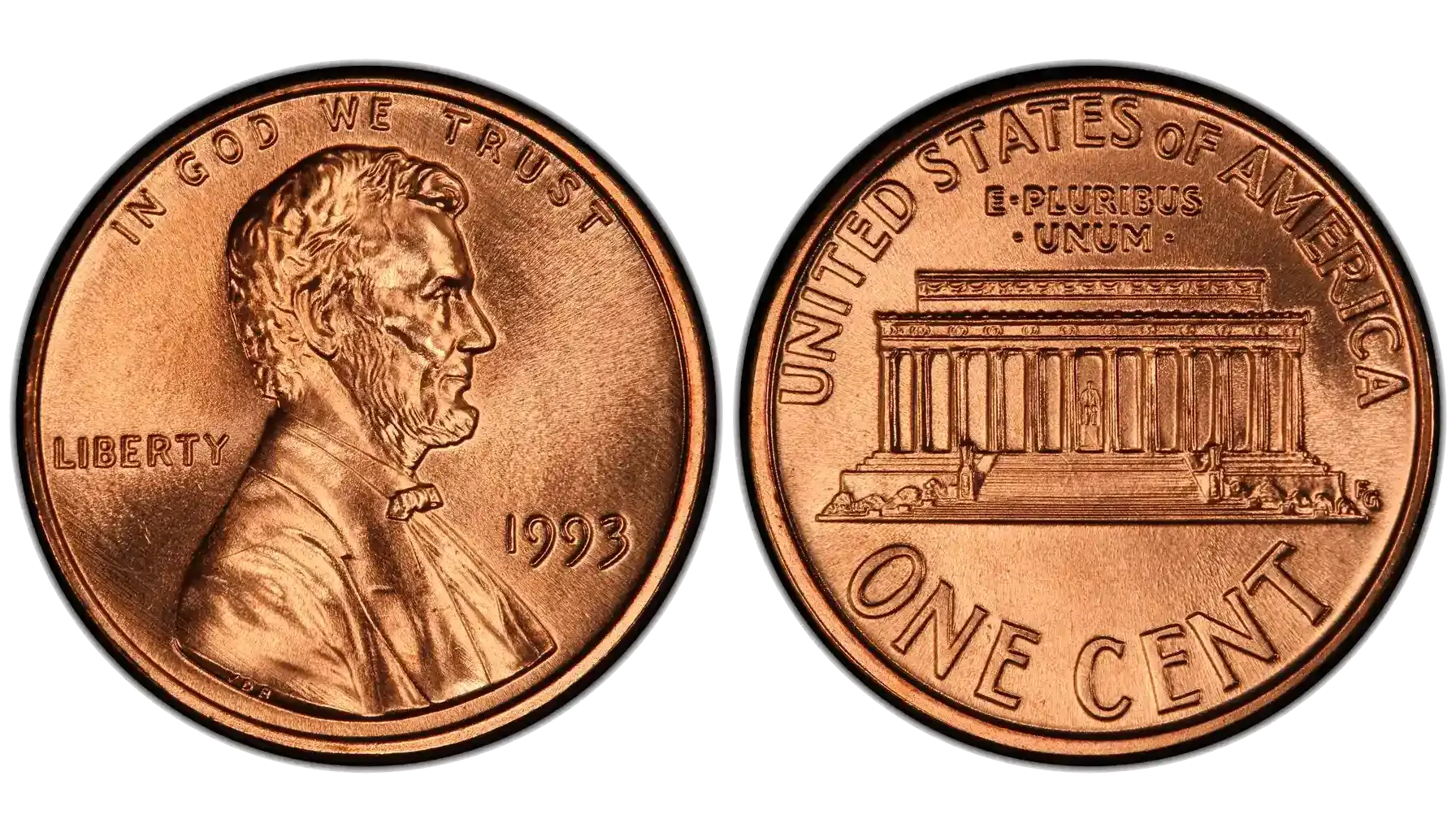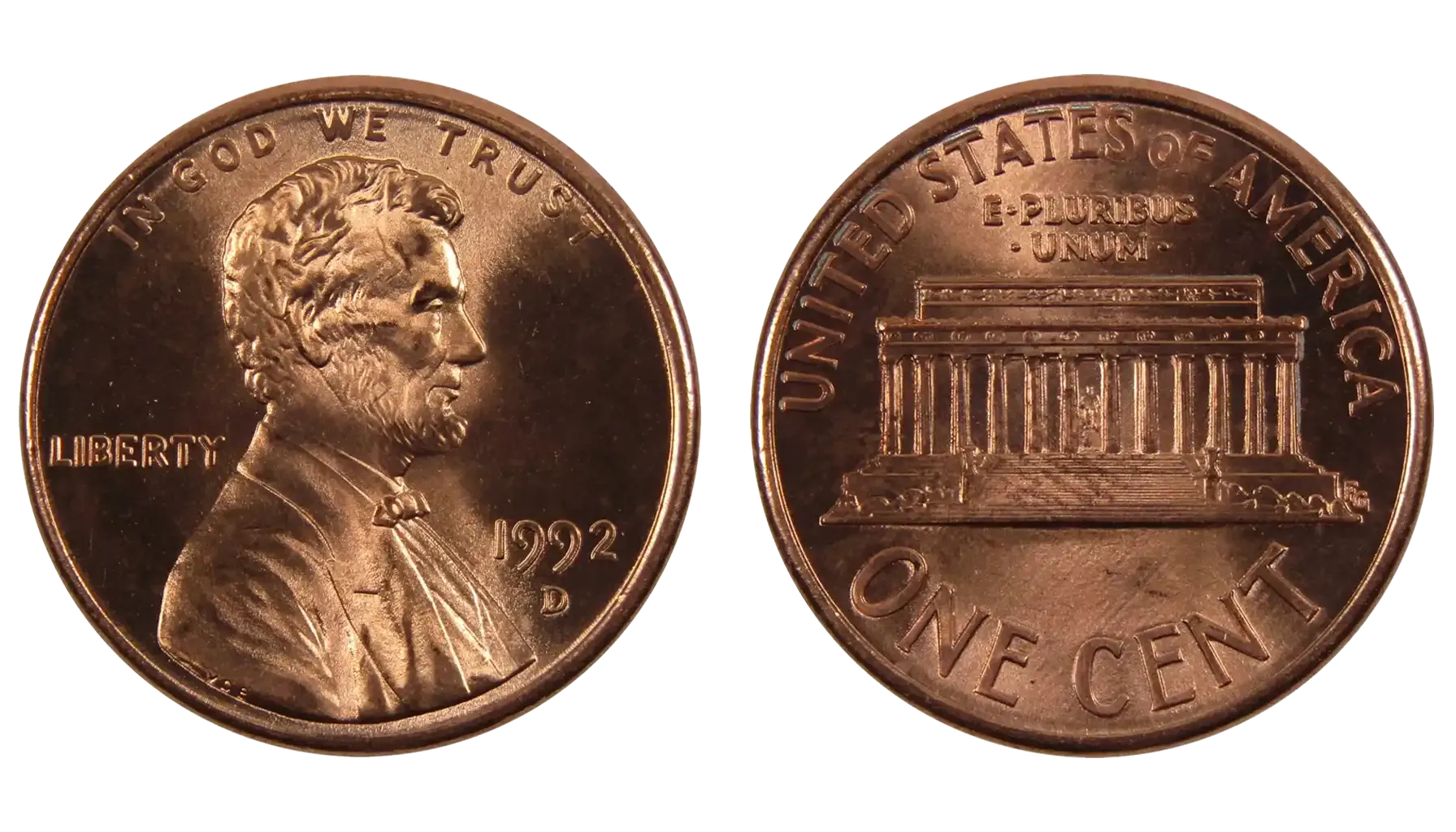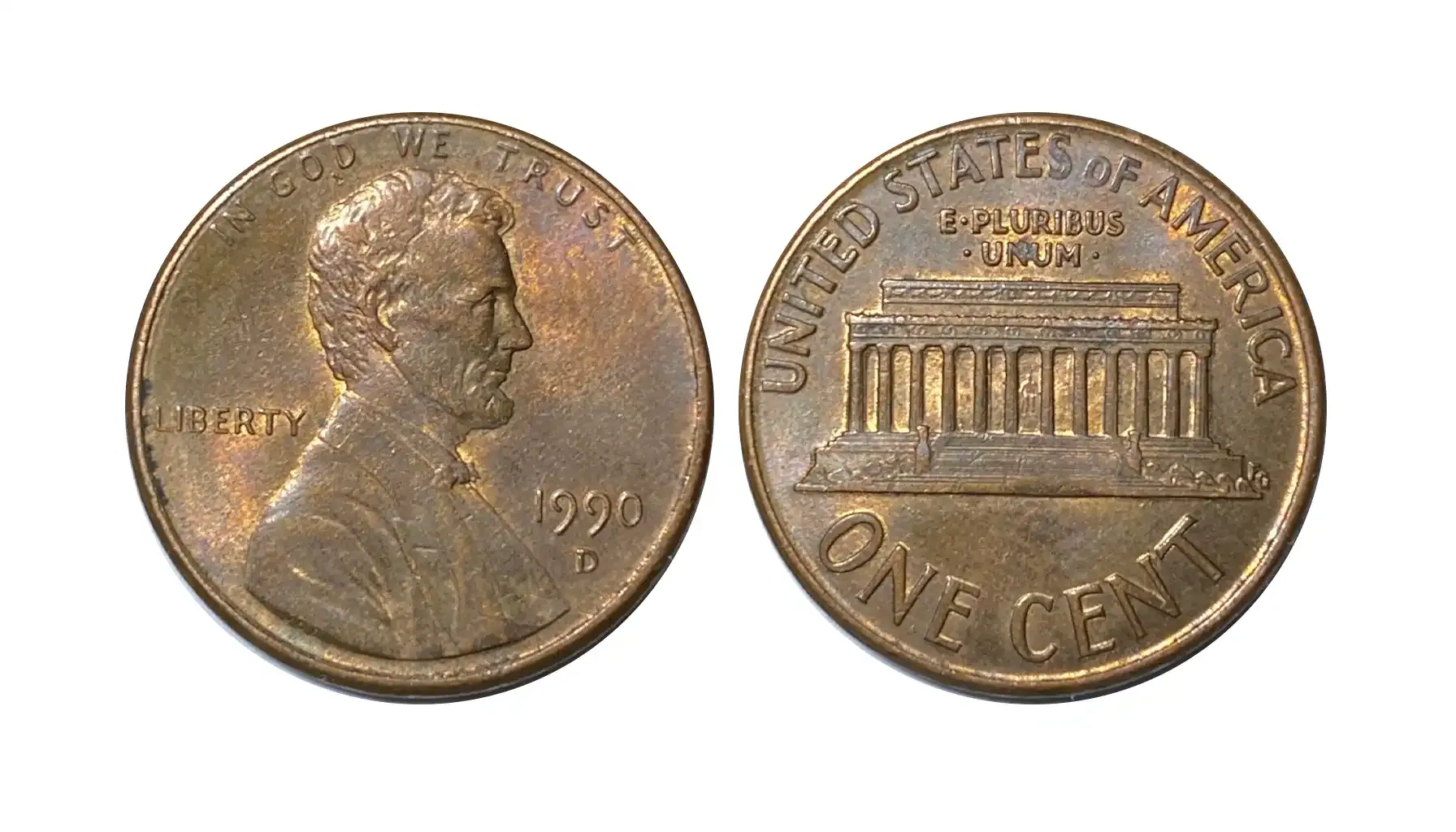Contents:
In the middle of production, there was hidden a coin that could have been a modest treasure unless it was missed or neglected… Anyway, let us refrain from unnecessary introductions – here is the 1955 wheat penny.
At first, one may believe it is an ordinary coin that is not worth the attention. In fact, this can be a valuable asset with the potential to lay the foundation for the collection you are to own. What does this instance look like? What makes it so special? And which features identify the coin as a decent collectible?
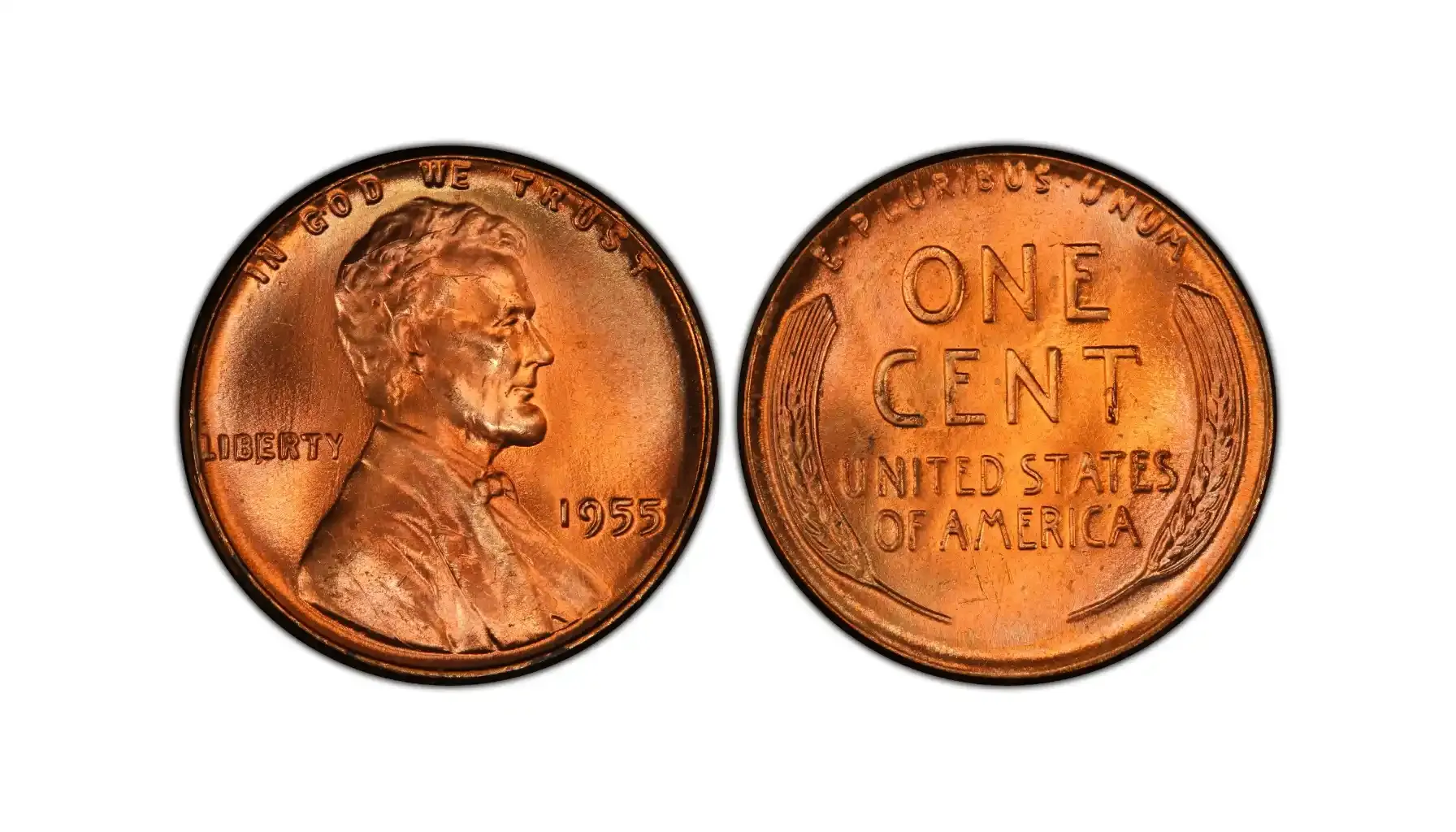
The Background of the 1955 Penny
Firstly, it is vital to understand the history of wheat pennies (i.e., one cent). The wheat penny, officially known as the Lincoln cent, was released in 1909 to honor the 100th anniversary of Abraham Lincoln’s birth. This coin, which was designed by rising star Victor David Brenner, featured the profile of Lincoln on the obverse and two wheat stalks on the reverse. Quite a classic design that became a symbol of America.
This issue has an extensive history. The wheat penny was produced for almost 50 years and was in widespread use during important historical periods such as the Great Depression and both World Wars. With the exception of slight modifications to the minting procedures, the coin's composition and design stayed mostly the same over time.
The end of the era was marked in 1959, two years after the 1957 pennies were minted, when the Lincoln Memorial reverse took the place of the wheat design instead. In spite of this shift, the wheat penny is still one of the most cherished and extensively collected coins in American numismatics. So, why not delve into its details?
The Main Characteristics of the 1955 Penny
Although the 1955 wheat penny has many of the same qualities as the rest of the Lincoln cent series, collectors still value the iteration. This coin's distinctive reddish-brown, composition, design, and errors comprise the unique identity of the coin. So, what should we know about it?
Features of the 1955 Lincoln Cent | |
Obverse Design | A portrait of Abraham Lincoln, "LIBERTY", "IN GOD WE TRUST", and "1955" |
Reverse Design | Two stalks of wheat, "UNITED STATES OF AMERICA," "E PLURIBUS UNUM," and "ONE CENT" |
Composition | bronze (95% copper, 5% tin and zinc) |
Diameter | 19.05 mm |
Weight | 3.11 grams |
Thickness | 1.52 mm |
Edge | Plain |
Note that the condition and any special characteristics have a significant impact on the 1955 penny value. This will be explored further.
Mintage Figures and Details
As a rule, there are three main mint facilities in the US responsible for the production of coins these days. The distribution of these coins among various mints varies, which is why some iterations are rarer than others.
Mint Location | Mintage Figures | Mint Marks |
Philadelphia Mint | 33,058,000 | 1955 No Mint Mark Penny |
Denver Mint | 563,257,500 | 1955 D Penny |
San Francisco Mint | 44,610,000 | 1955 S Penny |
An interesting fact: The wheat penny series is the first US line of coins to show a real historical figure. Compared to earlier coin designs, which typically featured allegorical characters or symbols, this was a significant shift. What is more, Lincoln's appearance on the penny established a standard for future American coinage we know now.
The Mystery of the 1955 Doubled Die Penny
The 1955 double die penny is one of the most fascinating errors that could have occurred with this coin. To be more precise, the term "doubled die" describes an uncommon minting fault that happens when a coin die is struck twice slightly misaligned during the minting process. As a result, some aspects of the coin's design, especially the date and letters on the penny's obverse, get doubled.
As can be seen with the naked eye, there is the date "1955" and the phrase "LIBERTY" doubled. Anyway, the incident affected a small portion of the total mintage only, making the 1955 penny double die extremely rare and precious.
These pennies have become a true holy grail for collectors due to their distinctive doubling. It has also been mentioned in pop culture (e.g., Stephen King's novella "A Good Marriage" or the American movie "UHF"). Depending on how severe the misalignment is, the coins exhibit different degrees of doubling, even though the fault is most obvious on the date and text.
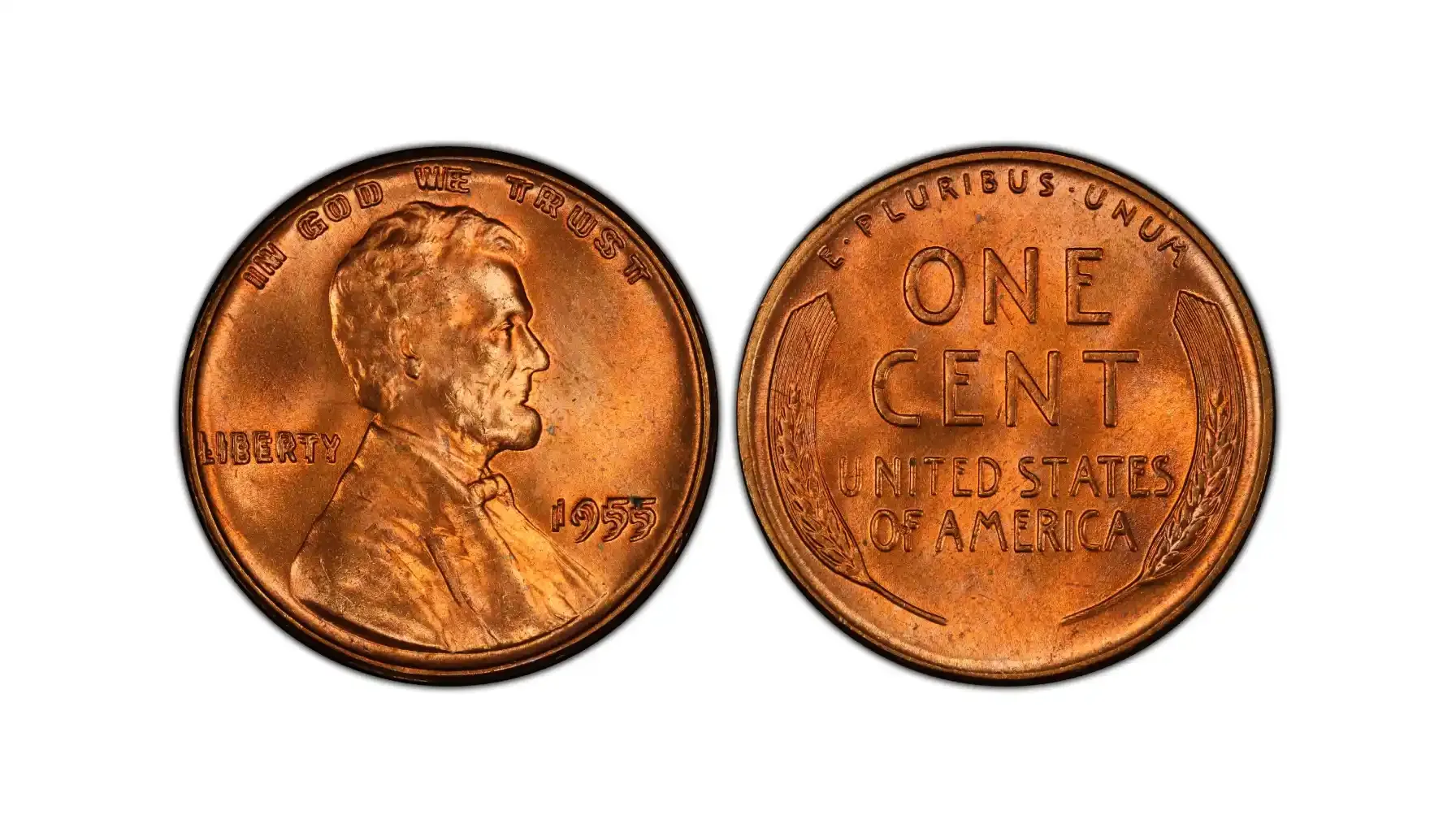
What About the Value of 1955 Wheat Penny?
The 1955 wheat penny value depends on its mint mark and its grade (granted by a reputable grading service like PCGS or NGC). While millions of these pennies are rather ordinary, just like 1958 pennies, high-grade examples and unusual variants can earn remarkable values at auctions. The following table presents relevant data provided by two resources, i.e., PCGS and Coin ID Scanner in particular.
Coin Type | Grade & Designation | The Highest Auction Prices |
1955 1C Philadelphia (No Mint Mark) | MS67+ RD | $2,750 |
1955-S 1C (San Francisco Mint) | MS68 RD | $10,000 |
1955-D 1C (Denver Mint) | MS67+ RD | $6,750 |
1955 1C Doubled Die Obverse | MS65+ RD | $288,000 |
Among these, the 1955 Doubled Die Obverse penny is by far the most valuable, which is obvious. It is one of the most well-known and expensive Lincoln wheat pennies ever, with a premium example in MS65+ RD selling for $288,000. As for other options, these may be sold for a few dollars for circulating coins to hundreds for well-preserved, uncirculated instances. Would you wish to collect?
A Tool for Fastidious Numismatists
If you strive to comprise a fine collection, and, thus, you need something to support you all the time, we have tools to offer. Coin ID Scanner is a digital instrument that uses a smartphone to quickly identify, grade, and assess the value of coins on the spot. How should it be working? The majority of contemporary coin scanners examine a coin's surface details, inscriptions, mint markings, and design with the support of AI-powered image recognition technology.
All you need is to upload a photo of the coin (or take it right away) to compare it to a large database and provide comprehensive details, such as coin denomination and type, the year of release and mint mark, estimated condition and grading, mintage figures, market value based on recent sales, and more.
How much is a 1955 penny worth? Where to seek additional information? Coin ID Scanner is here for you! No need to search online catalogs or reference books – rely on the software that never lies. For convenient tracking, "store" your coins in the same digital space to know what you have and what needs to be managed.
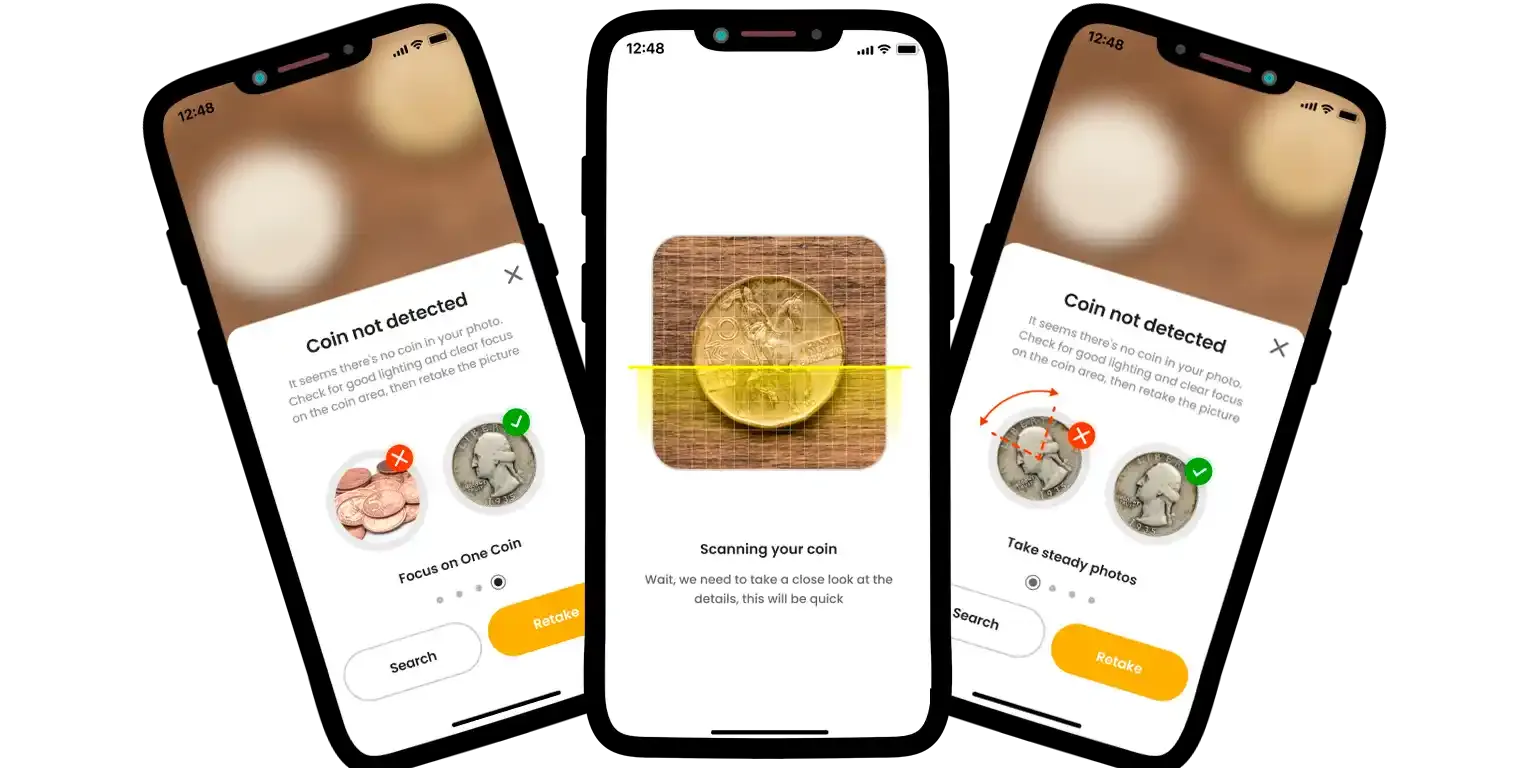
A whisper from the past, a small yet powerful artifact of history, mystery, and chance. Every penny has a story to tell (with the entire background and circumstances it survived). The hunt goes on, and each numismatist should definitely pay attention to this type of currency so modest but so remarkable.

